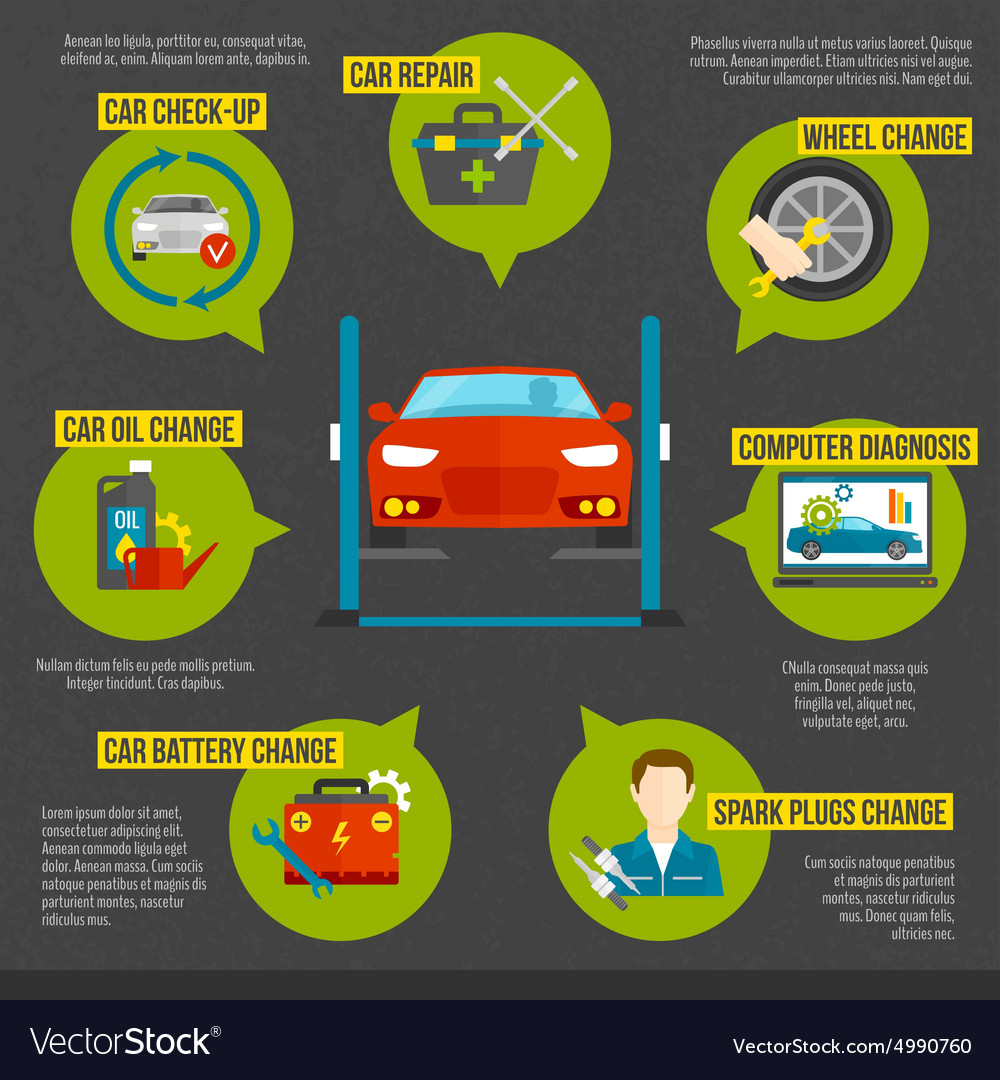Want To Learn More Concerning The Warning Lights On Your Control Panel? Uncover What They Suggest Concerning Your Automobile'S Health And Wellness
Want To Learn More Concerning The Warning Lights On Your Control Panel? Uncover What They Suggest Concerning Your Automobile'S Health And Wellness
Blog Article
Authored By-Vinson Stark
When you're behind the wheel, those glowing warning lights on your dashboard can be a bit complicated. Do you know what they're attempting to inform you about your car's wellness? Understanding the value of these lights is important for your security and the durability of your lorry. So, the next time one of those lights pops up, wouldn't you want to analyze its message precisely and take the needed steps to resolve it?
Common Caution Lighting and Interpretations
Identify usual caution lights in your car and recognize their meanings to ensure safe driving.
One of the most typical caution lights consist of the check engine light, which indicates problems with the engine or emissions system. If this light begins, it's critical to have your lorry checked quickly.
The oil stress warning light suggests low oil stress, requiring instant focus to stop engine damage.
A blinking battery light might suggest a damaged charging system, potentially leaving you stranded otherwise attended to.
The tire stress monitoring system (TPMS) light signals you to reduced tire pressure, impacting car stability and fuel effectiveness. Overlooking this could result in harmful driving conditions.
The abdominal light indicates an issue with the anti-lock braking system, compromising your ability to stop swiftly in emergencies.
Finally, the coolant temperature warning light warns of engine getting too hot, which can lead to serious damage if not dealt with quickly.
Recognizing these usual caution lights will aid you attend to problems immediately and keep risk-free driving conditions.
Value of Prompt Attention
Understanding the typical caution lights in your vehicle is just the initial step; the relevance of quickly resolving these warnings can not be highlighted sufficient to guarantee your security when driving.
When a caution light brightens on your control panel, it's your vehicle's way of communicating a prospective issue that requires focus. Ignoring these cautions can result in more serious issues in the future, compromising your safety and possibly costing you extra out of commission.
Motivate interest to advising lights can avoid break downs and mishaps. As an example, a blinking check engine light can suggest a misfire that, if left unattended, can create damages to the catalytic converter. Resolving this quickly can conserve you from an expensive fixing.
In a similar way, a brake system warning light may signify reduced brake liquid or used brake pads, important elements for your security when driving.
Do It Yourself Troubleshooting Tips
If you observe a caution light on your control panel, there are a couple of DIY repairing ideas you can try before looking for professional help.
ocd detailing nz is to consult your vehicle's manual to recognize what the certain caution light suggests. Sometimes engine bay cleaning can be as basic as a loose gas cap triggering the check engine light. Tightening the gas cap might fix the issue.
Another usual concern is a low battery, which can trigger different cautioning lights. Inspecting the battery links for rust and guaranteeing they're safe could repair the trouble.
If a caution light continues, you can attempt resetting it by disconnecting the car's battery for a couple of mins and then reconnecting it. Additionally, checking additional resources , such as oil, coolant, and brake liquid, can help fix advising lights connected to these systems.
Verdict
To conclude, understanding your auto's warning lights is essential for keeping your automobile running smoothly and safely. By promptly attending to these notifies and recognizing what they suggest, you can prevent pricey repair work and possible malfunctions.
Remember to consult your auto's handbook for specific details on each alerting light and act appropriately to make certain a hassle-free driving experience.
Remain educated, stay safe when traveling!
